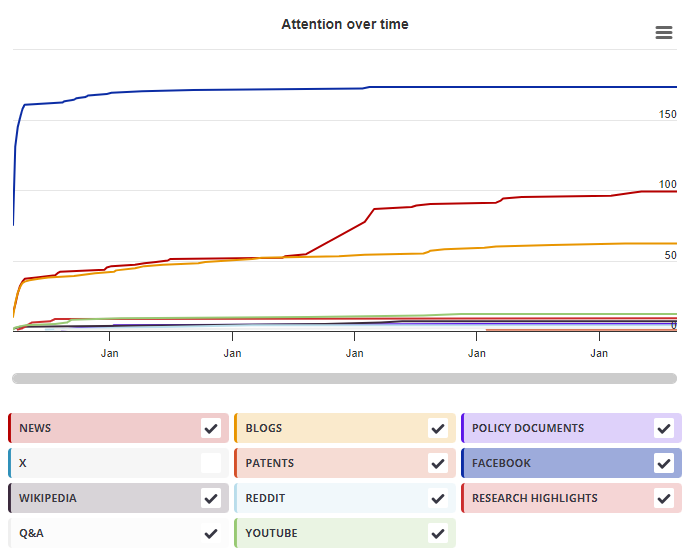| Chapter title |
(14)C pulse labeling to estimate external fluxes and turnovers in primary metabolism.
|
|---|---|
| Chapter number | 3 |
| Book title |
Plant Metabolic Flux Analysis
|
| Published in |
Methods in molecular biology, November 2013
|
| DOI | 10.1007/978-1-62703-688-7_3 |
| Pubmed ID | |
| Book ISBNs |
978-1-62703-687-0, 978-1-62703-688-7
|
| Authors |
Pianelli K, Monier A, Andrieu MH, Beauvoit B, Dieuaide-Noubhani M, Katia Pianelli, Antoine Monier, Marie-Hélène Andrieu, Bertrand Beauvoit, Martine Dieuaide-Noubhani, Pianelli, Katia, Monier, Antoine, Andrieu, Marie-Hélène, Beauvoit, Bertrand, Dieuaide-Noubhani, Martine |
| Abstract |
Steady state (13)C-MFA is classically used to measure fluxes in complex metabolic networks. However, the modeling of steady state labeling allows the quantification of internal fluxes only and requires the estimation, by other methods, of the external fluxes, corresponding to substrate uptake (carbon input into the network) and to the production rate of compounds that accumulate within plant cells (network output). Additionally, it is not always possible to discriminate between different pathways that lead to the same label distribution. Methods to measure fluxes, based on direct measurements of pool size and on (14)C short-time labeling experiments, are described in this chapter. To illustrate this approach, we focus on the quantification of sucrose and starch turnovers. |

X Demographics
As of 1 July 2024, you may notice a temporary increase in the numbers of X profiles with Unknown location. Click here to learn more.
Geographical breakdown
| Country | Count | As % |
|---|---|---|
| Unknown | 1 | 100% |
Demographic breakdown
| Type | Count | As % |
|---|---|---|
| Members of the public | 1 | 100% |
Mendeley readers
Geographical breakdown
| Country | Count | As % |
|---|---|---|
| Unknown | 5 | 100% |
Demographic breakdown
| Readers by professional status | Count | As % |
|---|---|---|
| Researcher | 2 | 40% |
| Professor > Associate Professor | 1 | 20% |
| Student > Master | 1 | 20% |
| Unknown | 1 | 20% |
| Readers by discipline | Count | As % |
|---|---|---|
| Agricultural and Biological Sciences | 2 | 40% |
| Immunology and Microbiology | 1 | 20% |
| Unknown | 2 | 40% |